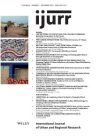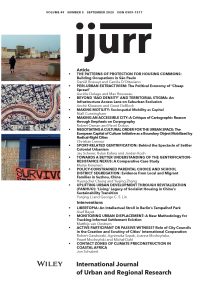The theorization of urban sustainability transition is built upon some taken-for-granted analytical coordinates between old vis-à-vis new, past and future, and legacy against innovation. This research identifies an intriguing practice of ‘panhuo’ (盘活 or revitalization) in China’s ongoing urban regeneration that involves strategic agents’ leveraging socialist legacy elements to retrofit housing infrastructure. To analyze the temporal non-linearity within the transition process, we introduce an alternative conceptual framework of ‘living’ legacy to reveal the dialectical and mutually constitutive relationship between the past, the present and the future. Focused on the northeastern city of Shenyang—a leading industrial hub in the socialist era—and its recent practice of retrospective elevator installation in pre-2000 residential buildings, this article illustrates how legacy elements of socialist state work-unit housing are resuscitated by both policymakers and urban residents to facilitate the installation exercise, and how this legacy-based approach leads to uneven results mirroring the social hierarchies under the socialist regime. The findings of this research call for a reconsideration of the dynamics of infrastructure retrofit to go beyond the conventional linear conception of time and the techno-futurist notion of innovation. The study also highlights the significance of local historical contexts in shaping the pathways as well as the (un)just outcomes of urban sustainability transition.
Details
Written by:
Yunjing Li, George C.S. Lin
Digital Object Identifier (DOI)
https://doi.org/10.1111/1468-2427.13347
About DOI

